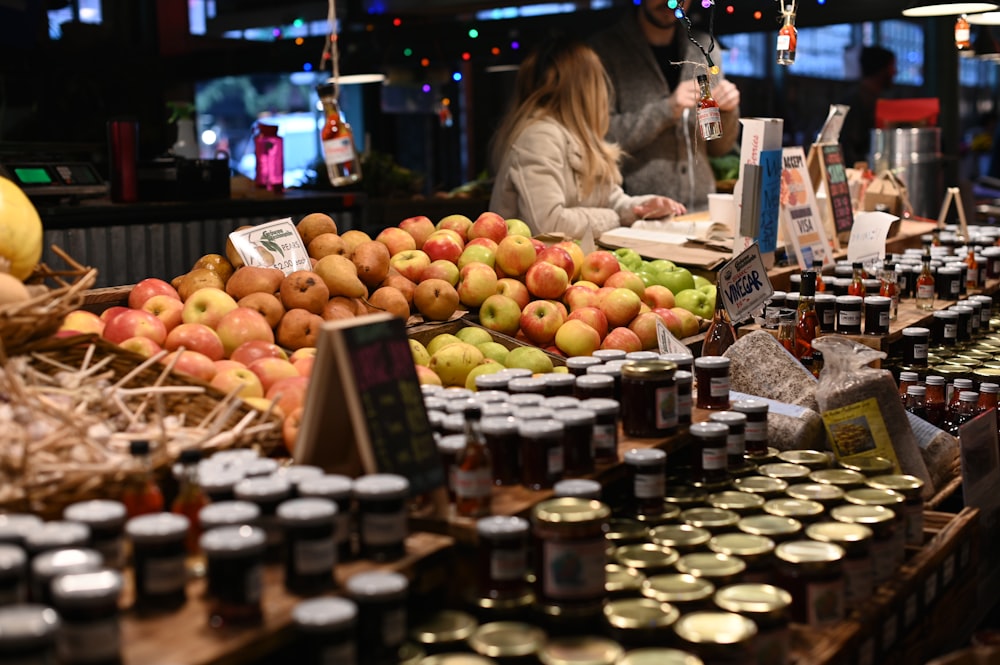Ozempic Is Not Bad For Business Despite Snack Food Suppression
Image Source: Unsplash
Could Ozempic, the appetite-suppressing drug, be bad for business? That question was raised by Matt Levine, a financial writer with a humorous side: “We have talked a few times before about how appetite-suppressing drugs like Ozempic are bad for the sales of snack-food companies, and how universal investors who own both the drug companies that sell those drugs, and the food companies that lose out to them, might have mixed feelings. As an amusing theoretical matter, you could imagine those universal shareholders calling up the drug-company CEOs and saying ‘stop selling these drugs, your profits from the drugs are not enough to offset our losses from snack foods.’ ”
This question can be analyzed the same way economists deal with the assertion that Taylor Swift’s record-breaking tour stimulated the economy.
Consumer spending has been studied for decades. Economics luminaries such as John Maynard Keynes, Milton Friedman and Franco Modigliani have developed theoretical models and aligned them with data. The consumption function is a central part of most macroeconomic models, so it has been examined by numerous analysts. Here is what we know.
Determinants of total consumer spending include current income, expected future income, interest rates, wealth and some lesser factors. The allocation of total spending to particular categories, such a food or shelter, comes from a consumer’s preferences as well as the prices of the different items. Occasionally temporary changes in total spending come from unusual events, but consumers quickly adjust.
The temporary changes include gasoline prices jumping. Adjustment to the higher cost of filling a gas tank takes time, and in the interim consumers may spend more money than usual, but it’s temporary. For another example, in the pandemic we saw total spending drop when some stores and restaurants closed. But spending returned to its old trendline in just over one year’s time.
With this model in mind, Ozempic may change the composition of total spending but not the total. If consumers will be eating fewer snacks, they will have money left over—but not for long. New clothing to fit a slimmer body comes first to mind, but the list of consumer wants is very long. In the final analysis, every product competes against every other product.
Back in 2012 newspapers reported that some people were cutting back on restaurant meals to pay for their iPhones. We usually don’t think of Cracker Barrel competing with Apple, but people who want to spend more on one good will cut back on another good or service. Conversely, if we spend less on one type of product, we will buy more of something else.
Returning to Taylor Swift’s concert tour, many people probably spent more for concert tickets than they usually do, as well as travel costs in some cases. But a bump in total consumer spending does not show up in the data, something I look at every month. The concert-goers cut back somewhere else.
So Ozempic does pose a threat to some snack food companies but not to the entire economy. And well-diversified investors will benefit from whatever alternative spending consumers choose.
More By This Author:
AI And The Economy: Manufacturing’s Benefits Are Mostly Outside The FactoryStrategies For Improving Labor Productivity Through Employee Training
Economy Was Strong Q4 2023: Business Plans For A Rosier Future In 2024




